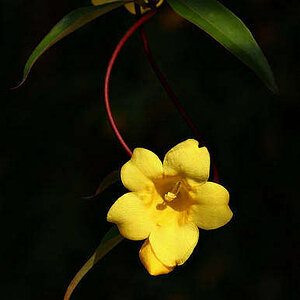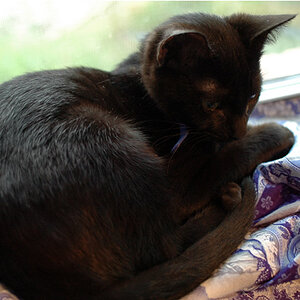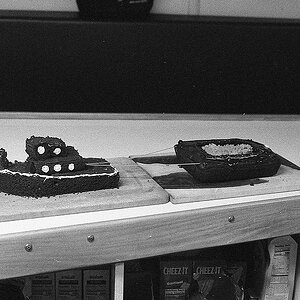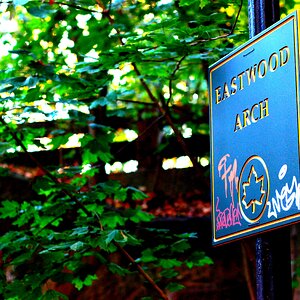cottoncandydesigns
TPF Noob!
- Joined
- Jul 25, 2008
- Messages
- 6
- Reaction score
- 0
- Location
- Canada
- Can others edit my Photos
- Photos OK to edit
Hi everyone, I purchased an SB-800 flash for my Nikon D70s.
I haven't yet learned how to use use it even in the most basic way.
I really want to know how to use it as "Fill Flash"
I want to get rid of "racoon eyes" heavy shadows under the eyes shooting outside.
Do I set my flash to fill flash and aperture priority? the flash is still complex to me even reading through my manual.
I set my flash to fill flash once and adjusted my aperture but everything still was all washed out and overly bright.
Can anyone give me beginner advise on this topic? thanks a bunch
I haven't yet learned how to use use it even in the most basic way.
I really want to know how to use it as "Fill Flash"
I want to get rid of "racoon eyes" heavy shadows under the eyes shooting outside.
Do I set my flash to fill flash and aperture priority? the flash is still complex to me even reading through my manual.
I set my flash to fill flash once and adjusted my aperture but everything still was all washed out and overly bright.
Can anyone give me beginner advise on this topic? thanks a bunch


![[No title]](/data/xfmg/thumbnail/34/34347-8b81549fefc38aca163688d07a9f5ced.jpg?1619736384)




![[No title]](/data/xfmg/thumbnail/30/30992-773558233723ab0d28c307a97a1a2427.jpg?1619734556)
![[No title]](/data/xfmg/thumbnail/37/37628-b854997825aadb4eedaa3247baf8069f.jpg?1619738155)

![[No title]](/data/xfmg/thumbnail/37/37627-c3d3ca879cdfbdb9e35acdcc7fcd4b3e.jpg?1619738154)
![[No title]](/data/xfmg/thumbnail/34/34348-b1d1a8e4f9da40319cac8b9f03cce084.jpg?1619736384)
![[No title]](/data/xfmg/thumbnail/37/37629-fa70c9f81cc7da4d6a9b512502f9bf84.jpg?1619738155)
